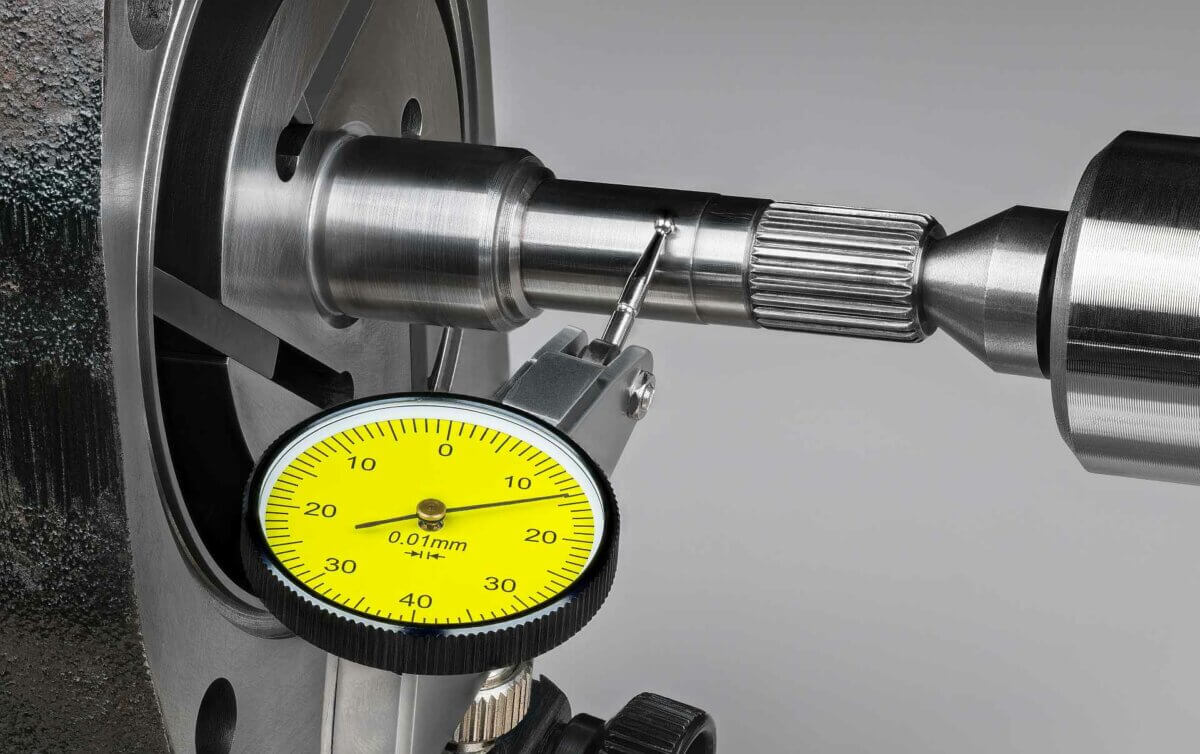In component manufacturing, the difference between a perfect fit and a costly mistake often comes down to tiny measurements, sometimes as small as a fraction of a human hair. These measurements (called tolerances) define how much a part can deviate from its ideal dimensions and still function correctly.
Get them right, and everything slides together smoothly. Get them wrong, and you might face assembly failures, wasted materials or even product recalls. This is why manufacturers use techniques like poka-yoke (mistake-proofing) to prevent tolerance errors from occurring. Let’s break down why tolerances are so important and how Topcraft Precision keeps them under control.
What Are Tolerances, and Why Do They Matter in Component Manufacturing?
Tolerances are the allowable limits of variation in a part’s dimensions. They’re usually expressed as a plus/minus (±) value. For example, a shaft might need to be 10.00 mm in diameter, ±0.05 mm. That means anything between 9.95 mm and 10.05 mm is acceptable.
The Domino Effect of Small Variations
Even minor tolerance errors can cause major problems:
- Misalignment: If a bolt hole is off by just 0.1 mm, it might not fit its mating part.
- Wear and Tear: Components with loose tolerances can wobble, leading to early failure.
- Assembly Issues: Parts that should fit snugly might jam or refuse to seat properly.
In industries like aerospace and automotive, these small discrepancies can lead to expensive rework, delays or even safety concerns.
How Tolerances Affect Different Industries
1. Automotive Manufacturing
A car has thousands of parts that must fit together perfectly. If a piston ring’s tolerance is too loose, it could lead to oil leaks or engine failure. Too tight, and the engine might seize.
2. Aerospace & Defense
Aircraft components face extreme forces. A misaligned bracket or improperly sized fastener could weaken structural integrity, something no one wants at 30,000 feet.
3. Industrial & Hydraulic Systems
In high-pressure hydraulic systems or heavy machinery, tolerances directly impact performance and longevity. A valve component with loose tolerances could leak under pressure, while a misaligned bearing surface in industrial equipment might cause premature wear or catastrophic failure.
The Cost of Ignoring Tolerances
1. Scrap and Rework
Parts that fall outside tolerance limits often can’t be used, leading to wasted materials and labor.
2. Delayed Production
If a batch of components fails inspection, manufacturers must pause production to fix the issue, costing time and money.
3. Reputation Damage
Consistently out-of-spec parts can erode customer trust. Nobody wants to be known as the supplier of “almost right” components.
How Topcraft Precision Maintains Tight Tolerances
At Topcraft Precision, we don’t leave tolerances to chance. Here’s how we keep every part within spec.
1. Smart Design Choices
We work closely with engineers to set realistic, functional tolerances, not unnecessarily tight ones that drive up costs.
2. High-Quality Machining
Our CNC machines are calibrated to produce parts with consistent accuracy, minimizing deviations.
3. Rigorous Inspection
We use contact and non contact measuring machines to verify every critical dimension before parts ship. This includes everything from advanced CMMs to fundamental tools where micrometer readability is critical.
4. Process Control
By monitoring process capabilities, tool wear, temperature and machine performance, we catch potential drift before it leads to out-of-tolerance parts.
Finding the Right Balance
Tighter tolerances aren’t always better. They can increase production time and cost. The key is determining what’s truly necessary for the part’s function.
For example:
- A gearbox component might need ±0.01 mm tolerances for a smoother operation.
- A non-critical bracket could work fine with ±0.1 mm.
At Topcraft Precision, we help customers strike this balance by making sure parts meet requirements without over-engineering.
Final Thoughts
Tolerances might seem like a small detail, but in component manufacturing, they’re the difference between a perfect product and a frustrating failure. By understanding their impact and controlling them carefully, manufacturers can avoid costly mistakes and deliver reliable parts each and every time.
Need components that fit right the first time? Topcraft Precision specializes in holding tight tolerances so you don’t have to worry.

